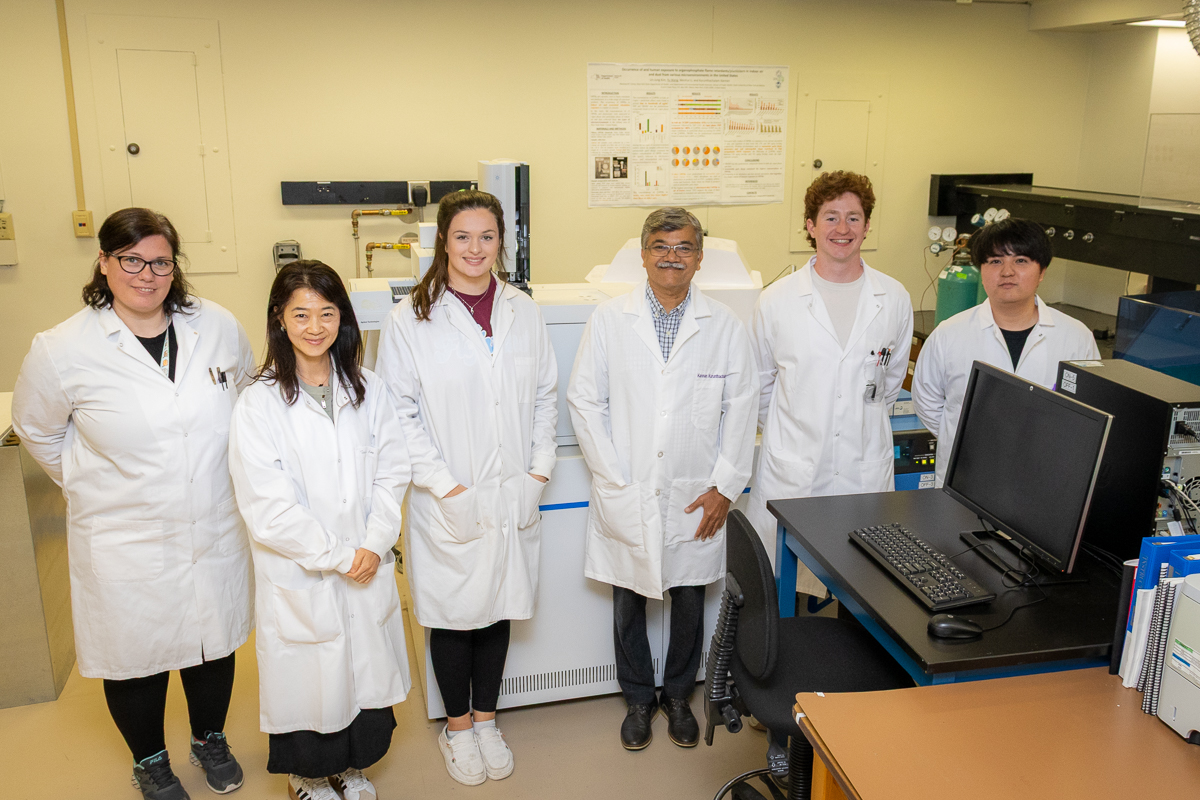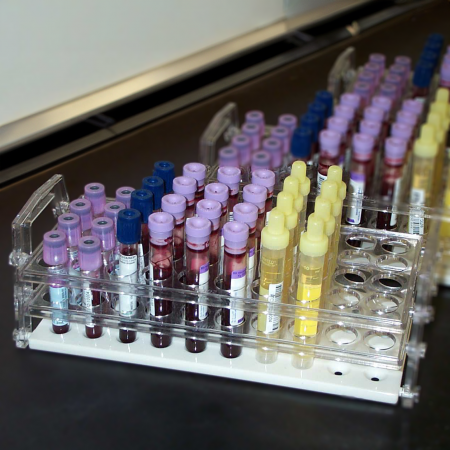
A significant conceptual change has occurred in recent years in relation to how we think about health and diseases, the role the environment plays in disease etiology, and how best to assess human exposure to environmental pollutants and dietary chemicals.
Biomonitoring
Research in the Kannan Laboratory harnesses the power of biomonitoring, a powerful approach assessing human exposure to toxic substances or their metabolites in human body fluids or tissues, to understand environmental sources, pathways, distribution, dynamics and the fate of chemical pollutants. This understanding is crucial if we are to devise solutions to current and future environmental problems.
Exposome
Advances in analytical chemistry and toxicology have made it possible to discern biomarkers of exposure and health effects, which has led to the concept of ‘exposome’. Exposome studies measurements of exposures from our environment, diet, lifestyles, and our behaviors. It also encompasses how our bodies respond to various challenges. When coupled with advances in genetics and medicine, we believe the exposome will help elucidate environmental causes of disease and lead to improved strategies for preventing and treating diseases. Our current research projects are focused in the field of exposomics.
We are developing novel analytical methods to detect organic chemicals in human and environmental specimens to assess sources and pathways of exposure, and developing biomarkers of exposures.
Current research projects include biomonitoring of persistent organic compounds, endocrine disruptors, and other emerging environmental chemicals to assess and characterize human exposure pathways, and to allow for evaluation of their associations with health outcomes in populations.



